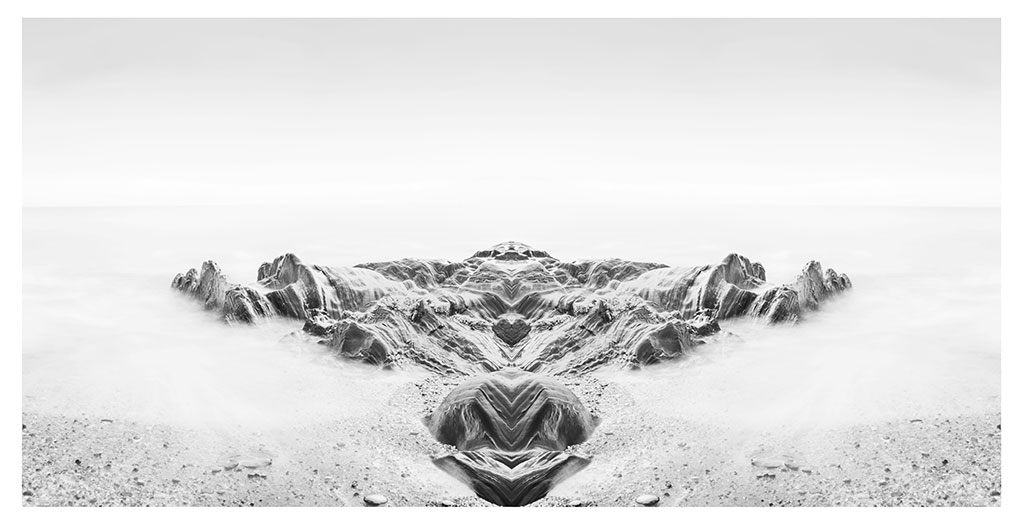As online shopping continues to grow in popularity, the importance of high-quality product photos cannot be overstated. Whether you are a small business owner looking to showcase your products online or an aspiring photographer trying to break into the industry, taking professional product photos is an essential skill to have.
In this guide, we will walk you through the step-by-step process of taking professional product photos, from the necessary equipment to lighting and styling tips. By the end of this article, you’ll have a good understanding of how to take stunning product photos that will help your products stand out from the competition.
1. Equipment
The first step in taking professional product photos is to ensure that you have the right equipment. Here are some essential items that every beginner photographer should consider investing in:
– Camera: While you don’t need an expensive camera to take good product photos, a decent camera with manual controls is necessary to produce high-quality images. For beginners, we recommend using a DSLR camera.
– Tripod: A sturdy tripod will keep your camera steady, allowing you to take sharp, blur-free product photos.
– Props and surfaces: Depending on the type of product you are photographing, you may need various props or surfaces to showcase the product effectively.
2. Lighting
Lighting is crucial when it comes to product photography. Good lighting not only helps you achieve the desired look and feel of the image but also makes your products look more appealing and attractive. Here are three lighting setups that will produce professional-looking photos:
– Natural light: If you’re on a budget or don’t have any lighting equipment, natural light can be a great option. Set up near a large window or outside on an overcast day to create soft, diffused lighting.
– Continuous lighting: Continuous lighting involves using lights that stay on constantly. This type of lighting can be a bit more expensive but is recommended as it allows you to see the light and shadows in real-time as you compose the shot.
– Studio lighting: Studio lighting is the most commonly used lighting setup for product photography. It involves using multiple lights in a controlled environment, allowing you to create various lighting effects.
3. Styling
The styling of your images will have a significant impact on how well your product is received by potential customers. Here are some tips for styling your product photos:
– Keep it simple: Avoid overcomplicating your photos with too many props or a cluttered background.
– Consider your target audience: Think about who your target audience is and what style will appeal to them.
– Use complementary colors: Consider the color of your product, and choose a background color that will complement your product and make it stand out.
– Show the product in use: Where possible, try to show the product in use, as this will provide potential customers with an idea of how the product can be used in the real world.
4. Editing
Editing is an essential part of the product photography process, and it’s essential to make your images stand out from the competition. Here are some tips for editing your photos:
– Use editing software: There is a range of editing software available, from paid software like Adobe Lightroom to free online editors.
– Adjust the brightness and contrast: Adjusting the brightness and contrast of an image helps to bring out more detail and makes the image more eye-catching.
– Remove distracting elements: Remove any distracting elements from the photo, such as background clutter, that does not add anything to the image.
– Crop and straighten: Cropping and straightening your images can make a significant difference as it helps draw the viewer’s attention to the product.
Conclusion
In conclusion, taking professional product photos doesn’t have to be a daunting task. With the right equipment, lighting, styling, and editing, you can produce high-quality images that will help your products stand out from the competition. Remember to keep it simple, consider your target audience, use complementary colors, and show the product in use. Lastly, it’s essential to practice and experiment until you produce the perfect shots. Happy Shooting!











